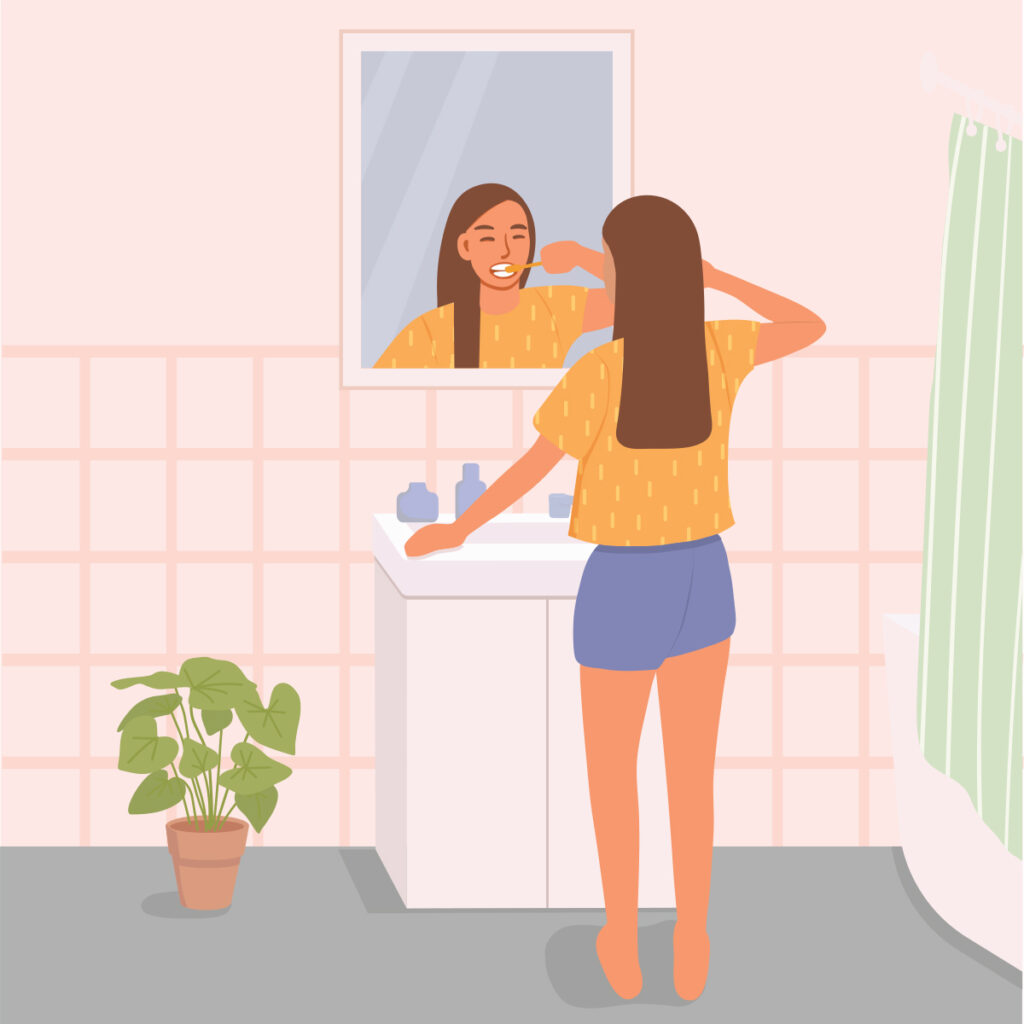Top 10 Threats to Men’s Health
Inherently, men seem to be at greater risk than women for health-related issues due to external factors and lifestyle choices. According to the Centers for Disease Control and Prevention (CDC), on average American women outlive American men by more than five years. While the average male lifespan is roughly 70 to 75 years, women live on average from 76 years to just over 80 years. In sharp contrast, statistics from 1920 indicate that women outlived men by only a single year.
By Mike Haskew
Prevention and Diagnosis Are Key
Numerous factors contribute to this widening gap in life expectancy; however, men can place responsibility for their health in their own hands. By nature, men may take greater risks than women. Men may smoke or drink to excess, drive faster, ignore symptoms of sickness or disease, overeat, and adopt a sedentary lifestyle. In addition, men often experience excessive stress associated with home and the workplace. Illnesses can go undetected as men often refrain from seeking medical treatment for fear of being viewed as being weak – a fear driven by an American culture that men are to be strong in the face of challenge and not mentally or physically weak. Consequently, men are often more reluctant to seek medical treatment than women.
“Two-thirds of the people who go to the doctor are women,” says Dr. James Blackwell, a Dalton-based general internist and geriatrician who has practiced locally for 32 years. “It may have something to do with the ‘macho lifestyle.’ Men say, ‘I don’t have anything wrong with me if I don’t feel something.’ When most men come to me, it is because their wives made them.”
1. Hypertension
The U.S. government estimates that approximately 148 million men reside in the United States; of these, roughly 12 percent – nearly 18 million – were in fair or poor health. Twenty-four percent of American men smoke, while 72 percent of those over the age of 20 are overweight and 31 percent have hypertension.
2. Heart Disease
The CDC estimates that the top 10 threats to men’s health and the corresponding death percentages related to these conditions included several of the usual suspects. Heart disease is the leading cause of death for men (27%), followed closely and in order by cancer (24%), unintentional injuries (6%), stroke (5%), chronic lower respiratory disease (5%) , diabetes (3%), influenza and pneumonia (2.3%), suicide (2.2%), kidney disease (1.7%) and Alzheimer’s disease (1.6%).
“If you look at the statistics, men get heart disease about 10 years earlier than women,” explains Blackwell. “Men should make sure that their blood pressure and cholesterol are being treated if the levels are elevated. Don’t smoke. Exercise regularly. Just walking four or five times a week for 20 or 30 minutes works very well. Control your weight.
3. Cancer
“As it relates to cancer, men should get a screening colonoscopy beginning at age 50, and they should have a PSA (prostate specific antigen) test around that age,” Blackwell adds. “The greatest cancer risk for men is with lung cancer; if you don’t smoke then the risk for lung cancer is very small. Only 6 percent of men get colon cancer, and if you get a colonoscopy you can prevent that disease. A normal colonoscopy is good for 10 years, but if there are pre-malignant polyps it should be repeated in three to five years.”
4. Lifestyle Choices
Of course, lifestyle choices that contribute to deteriorating health in men may be factors in the development of more than one condition. High blood pressure, for example, aggravates heart disease, diabetes, kidney disease, stroke and other maladies. Obesity and high cholesterol levels also affect the onset of heart disease, diabetes, stroke and other conditions.
5. Home and Occupational Injuries
Unintentional injuries are often the direct result of risky behavior in men or of the hazardous situations they encounter on the job. The CDC says that male drivers involved in fatal auto accidents are nearly twice as likely to be intoxicated as female drivers. The rates of traumatic brain injuries are higher in men across nearly every age group. In 2004, a full 78 percent of the fatal unintentional drownings in the U.S. involved men. In 2005, men were injured by fireworks more than twice as often as women. Nearly 80 percent of suicides nationwide are men – a rate nearly four times as high as that of women.
The Worker Health Chartbook, published by the CDC, states that 92 percent of the 5,524 fatal occupational injuries recorded in 2002 were suffered by men. Eighty-nine percent of worker deaths from 1989 to1992 among those aged 17 or younger were males.
“Men are involved in physical jobs, and they really need to wear helmets and safety glasses if they are involved in the construction industry, for example,” says Blackwell. “Always put guards up if you are operating saws and other types of machinery. Pay attention to what you are doing, and don’t go to work if you are tired, have lost sleep, or have had alcohol. Men are also not as good at wearing their seatbelts as women. If you look at accident statistics, 80 percent of the people who are injured and end up with spinal injuries and paralysis are men involved in car or motorcycle accidents or something like that.”
6. Respiratory Diseases
Chronic lower respiratory diseases –including emphysema, chronic bronchitis and asthma – are often developed by smoking or environmental exposure.
7. Type 2 Diabetes
Type 2 or adult-onset diabetes is link-ed strongly to lifestyle. Blackwell recommends exercising, eating right and maintaining an optimal weight, particularly if a man has a family history or genetic predisposition for diabetes.
8. Flu
The doctor also advises getting a flu shot. “Minimize your exposure to the flu and try to get the flu shot in the early fall,” he says, “because flu season is from November through February usually, and it takes two weeks for the vaccine to take effect. If a man gets a flu shot in mid-season and it takes two weeks for it to take effect, he is still possibly going to get the flu during that time. Older men are at greater risk because the immune system is usually not as strong with aging, especially if a man smokes or has heart disease or some other underlying condition.”
9. Suicide
Perhaps the most preventable and the most tragic of the top 10 threats to men’s health is suicide. Men often internalize their problems, refuse to seek professional help, and fail to acknowledge the symptoms of depression or other mental health issues. “I think you see a lot of older men get depressed because they may be retired and feel like they aren’t worth anything,” Blackwell says. “They don’t talk about it and don’t seek help. They don’t want to admit that they have depression problems.”
10. Kidney Disease
Kidney disease among men is regularly linked to high blood pressure, which can be controlled through medication, but does require regular monitoring by a physician. Alzheimer’s disease, says Blackwell, is a disease of aging and may surface in women more often due to their increased longevity. He advises that men remain active and exercise their brains with puzzles and word games. Further, research indicates that taking an aspirin daily may delay the onset of Alzheimer’s by reducing inflammation.
Regular Checkups and Screenings Save Lives
“Usually around age 50, I would say you really need to become more cognizant of your health,” concludes Blackwell. “That is the time when hypertension, trouble with cholesterol, and weight gain occur. Between the ages of 25 and 50, men should get a blood pressure check every three years unless there is some known disease they are being treated for. I think a healthy man should visit the doctor every three to five years until age 50, and then at least every other year if not being treated for an ongoing condition.”
Men can take charge of their own health, improve their quality of life and extend their longevity through proactive management of their own care. Resolve to do so today.




